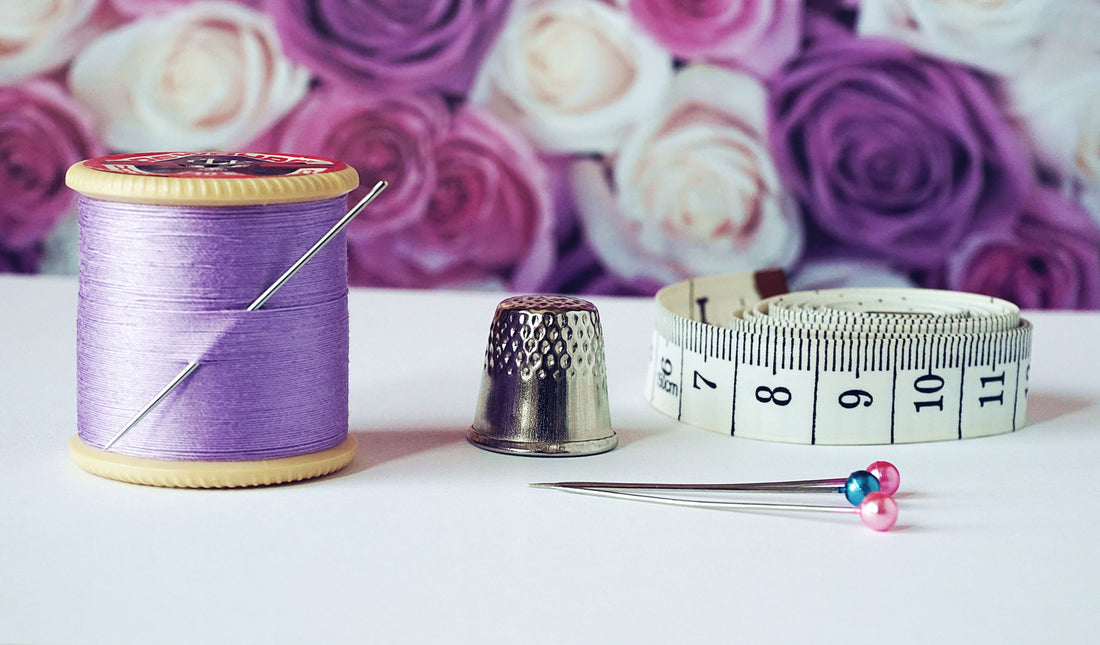Parenting 101: Understanding newborn and baby clothes sizes
Becoming a parent is difficult; the sheer number of things to learn while juggling sleep deprivation and a newborn baby can make your head spin! Here's a breakdown of what you need to know when it comes to clothing your little one.
1. Most baby clothing is sized in age ranges that end with the highest age
Baby and kids clothes are generally labelled by age, starting with Preemie, then NB (newborn), then moving into categories by months (0-3 months, for example), and up to 2/3Y (for 2-3 year olds). This means you could generally expect your baby to be in a 0-3 month size until he turns 3 months. However, all babies grow at their own pace - some babies will wear a newborn size for 3 months or more, some just a few weeks! So, a brand's size chart is actually more important than whats written on the label. Be sure to check your babies weight and length/height on the sizing chart and buy the size that fits best with their true size.
Babies also go through growth spurts at different times, and may spend more or less time in a particular size depending on whats going on developmentally. If you're still unsure of what size to buy after consulting the size chart, reach out to us and we'll be happy to recommend a size!
2. Nomenclatures can differ
Every brand may have their own take on the actual wording used to describe a size. Here's a quick chart of the various terms:
This size... |
...is generally the same as this size |
| 0-3 months | 3 months |
| 3-6 months | 6 months |
| 6-12 months | 12 months |
| 12-18 months | 18 months |
| 18-24 months | 24 months |
| 2/3Y | 2T |
| 3/4Y | 3T |
3. Whats the difference between 24 months and 2T?
In the world of children's clothing sizing, the T generally represents "toddler." Prior to 24 months, baby and kids clothing is designed with extra room through the hips to accommodate the diaper, and designers, like the awesome ones that work here at One Kind Clothing, design clothing with these frequent diaper changes in mind (thats why all our baby sleepers and rompers come with in-seam zippers!). After 24 months, kids start to transition into toddlers and begin potty training, reducing the need for the diaper accommodations. Kids clothing, starting at 2T, is generally designed with a little more length to account for those fast growing legs and the loss of the bulky diaper!
4. What's the deal with children's sleepwear sizing?
The Consumer Product Safety Commission (the CPSC), regulates and governs consumer products to ensure they're safe for the public. Under federal safety rules written and imposed by the CPSC, all children's sleepwear garments sold in sizes larger than nine months must be either flame resistant or tight-fitting.
Flame resistant clothing must be treated with chemical flame-retardants prior to selling to the consumer. These flame-retardants can be extremely harmful to your baby and can cause skin rashes and irritations. One such chemical, called Tris, is a known carcinogen that was used heavily in the 70s, and is still found in some children's sleepwear today. You can read more about the chemical use in children's clothing here.
The alternative to this is to design sleepwear that is "tight-fitting." In order to meet the definition of tight-fitting, sleepwear dimensions at the chest, waist, seat, thigh, ankle, arm and wrist must not exceed a defined set of measurements as published by the CPSC. We've written an in-depth article on everything you need to know about tight-fitting sleepwear here. One Kind designs all its sleepwear to be tight-fitting so it can be free of nasty chemicals, so its important to check out our size chart to ensure you're buying a sleeper that's fitted correctly for your baby.
If you have any more questions on the topic of newborn or children's clothing sizing, send us a note!









